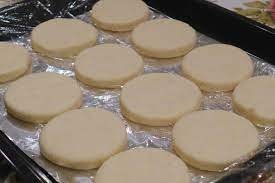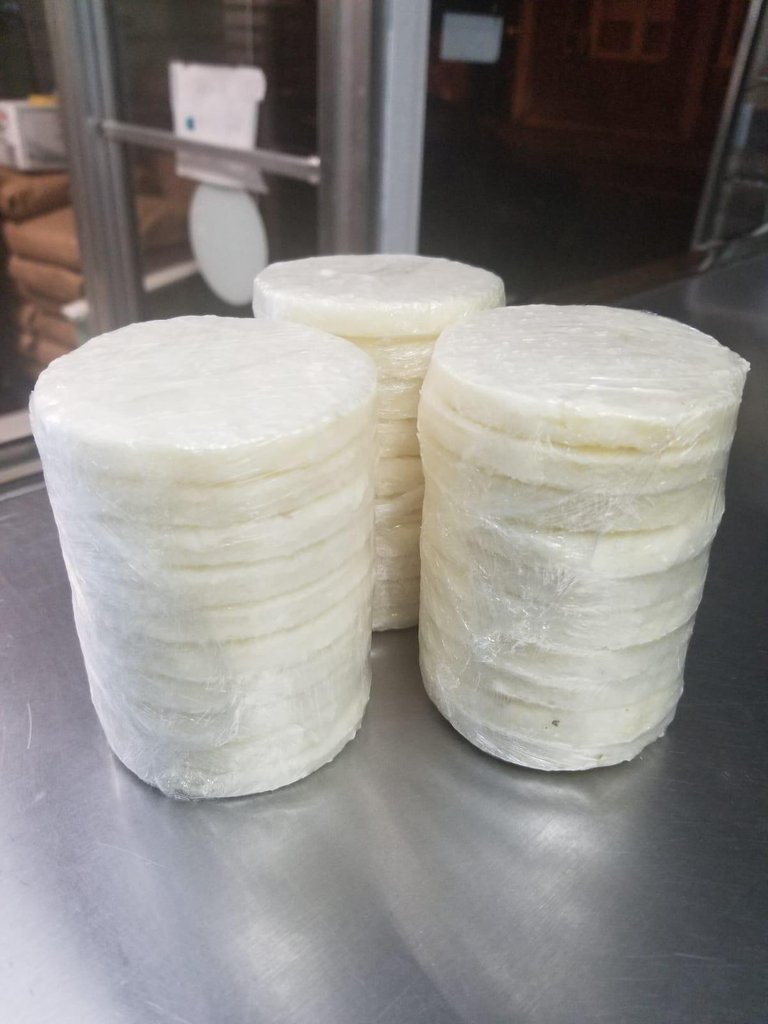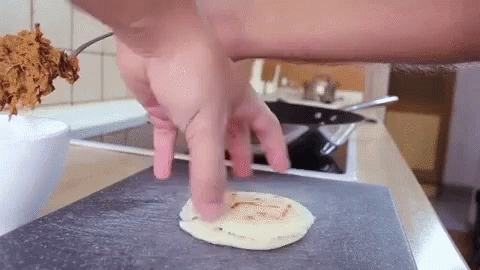
Hello to all Hive users, my name is Janus,
this is my first contribution to the Hive Diy community.
Well, today I want to share this craft work, recycling objects to create a simple tool ... and in turn very useful for the kitchen.
I clarify: made with things we have in the kitchen, but we don't use them.
In this case, the object to recycle are these huge glasses, that we collected when we left the movies, (and maybe you used them once or twice, but ended up cornering the glasses somewhere dark, gaining grease and grime).
So, while filling up with these glasses, we will use only 1.
Our task is quite simple, but we must be cautious, as we will be using hot and sharp items.
Items required:
- 1 large size plastic movie drink glass.
- 1 measuring ruler
- 1 marker
- 1 cord or (anything that looks like it to make the guide line evenly)
- 1 kitchen knife
- 1 fire
The mechanics is quite simple, with the ruler we take an approximate measurement from the mouth of the glass, upwards of (1 centimeter and a half) 1 CM 1/2
with the marker we make guide points on the circumference of the glass.
With the cord, we tie it to the glass (following the dotted guide lines) and now we underline with the marker a line around the glass.
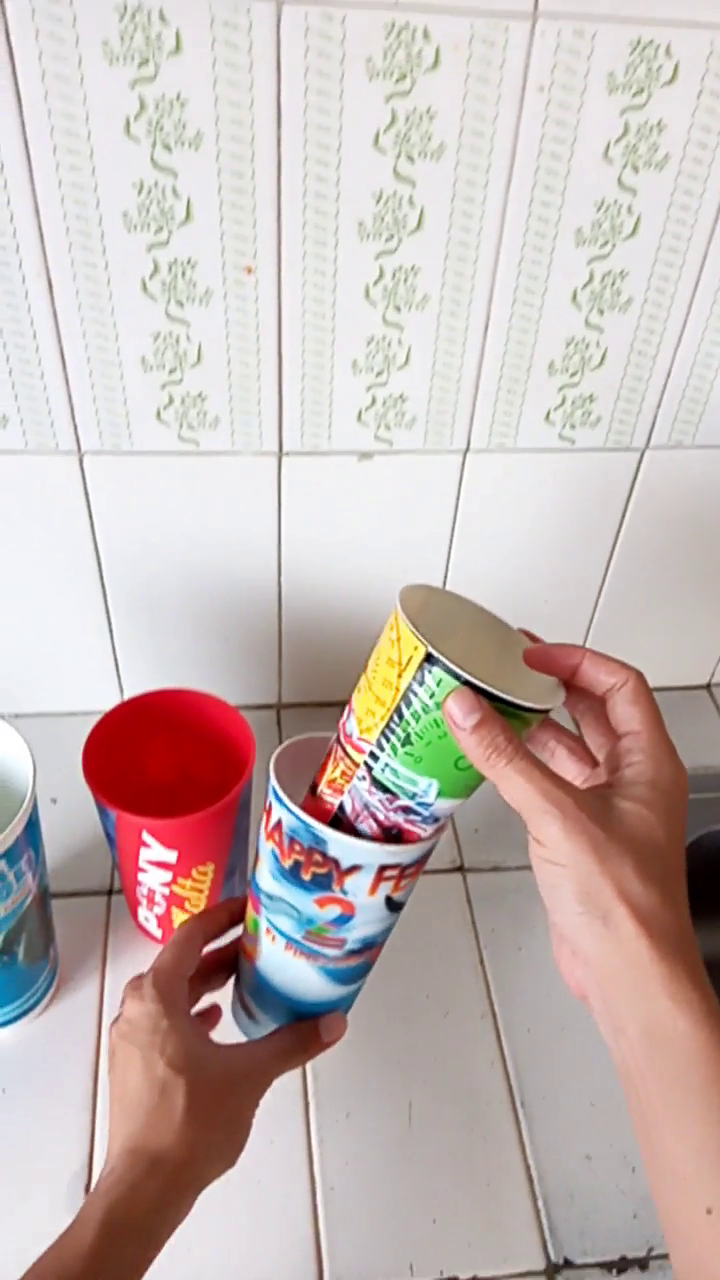 | 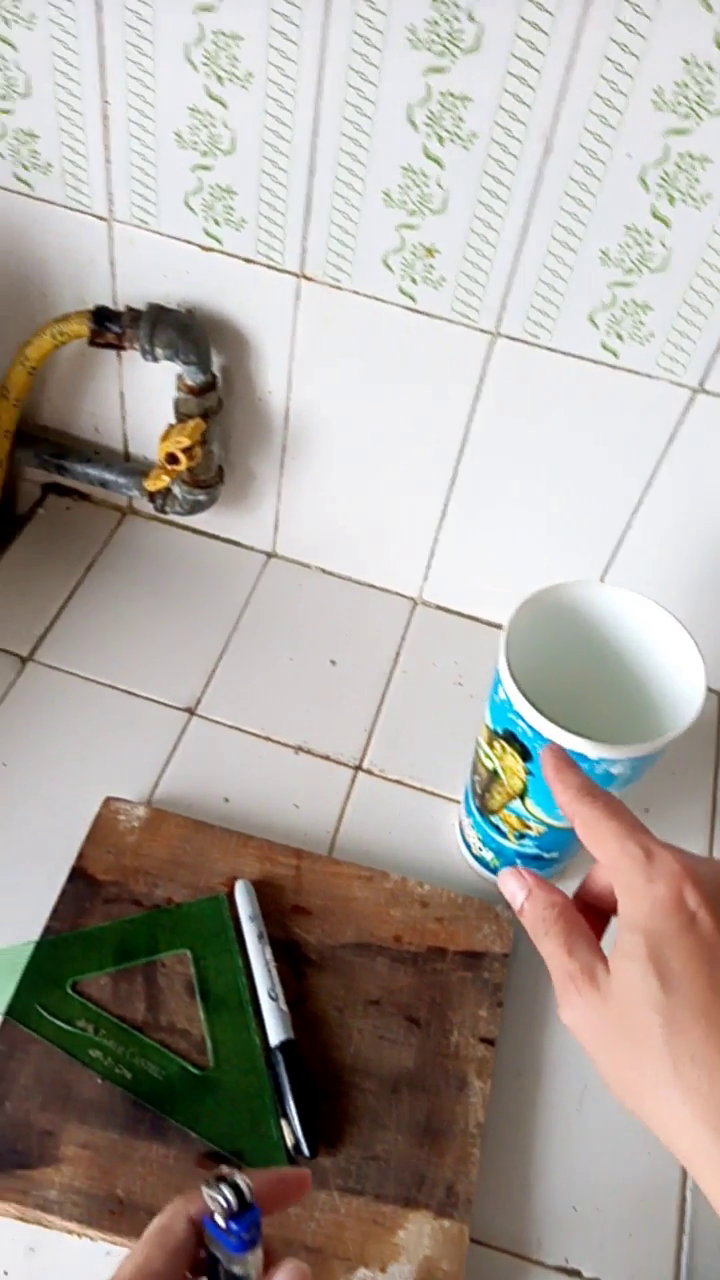 | 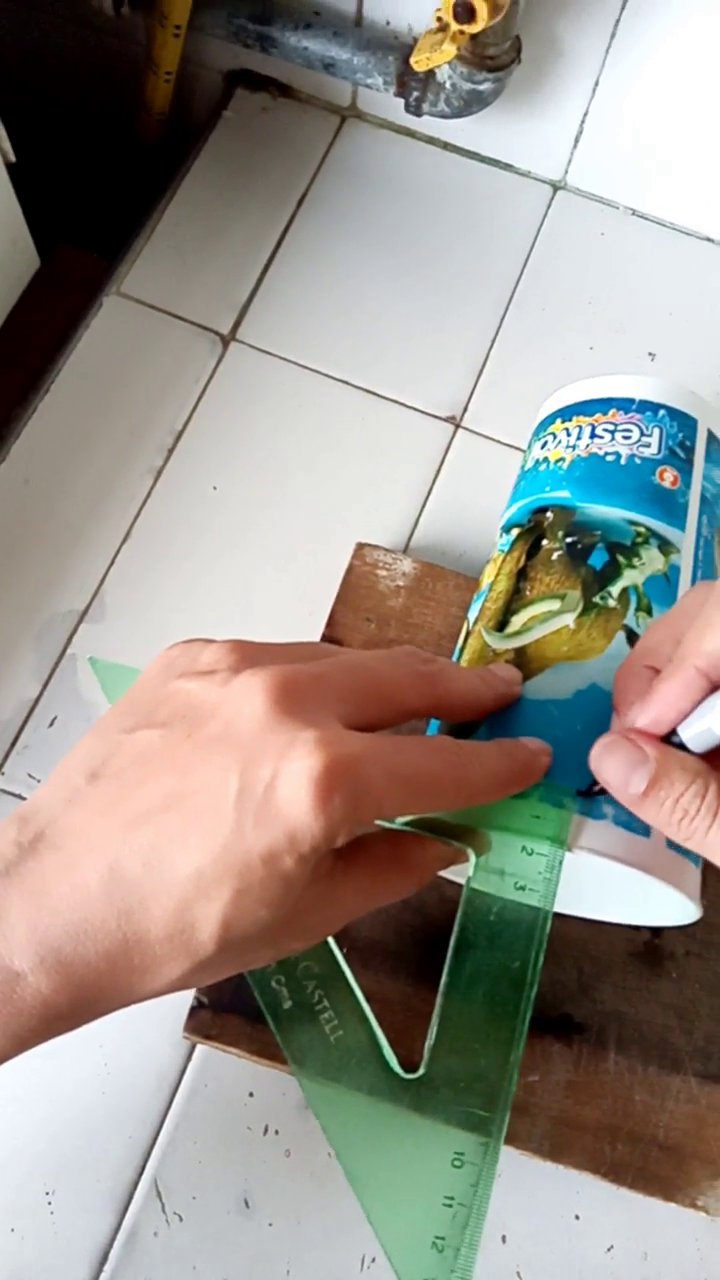 |
|---|
Heat the kitchen knife on the stove until it is red.
Quickly (and without stopping), we will cut the plastic cup with the hot knife. "The idea is not to delay the knife in the plastic, so that it does not melt all the material".
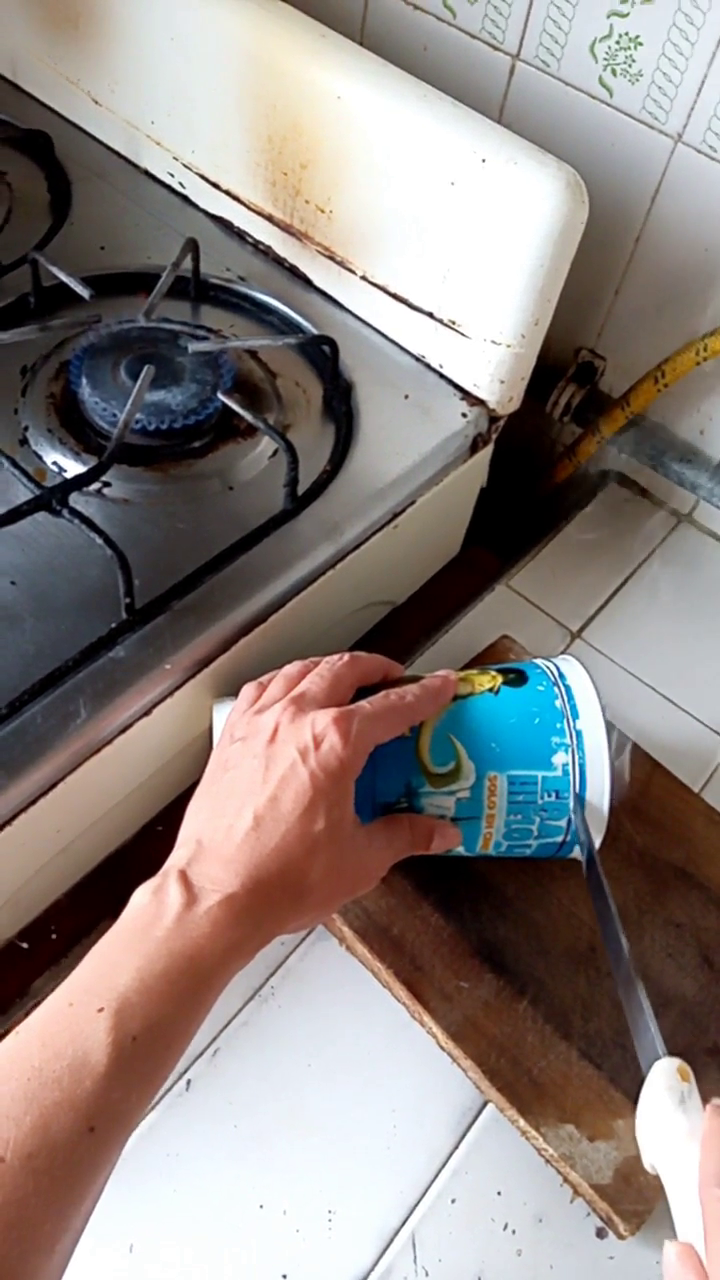 | 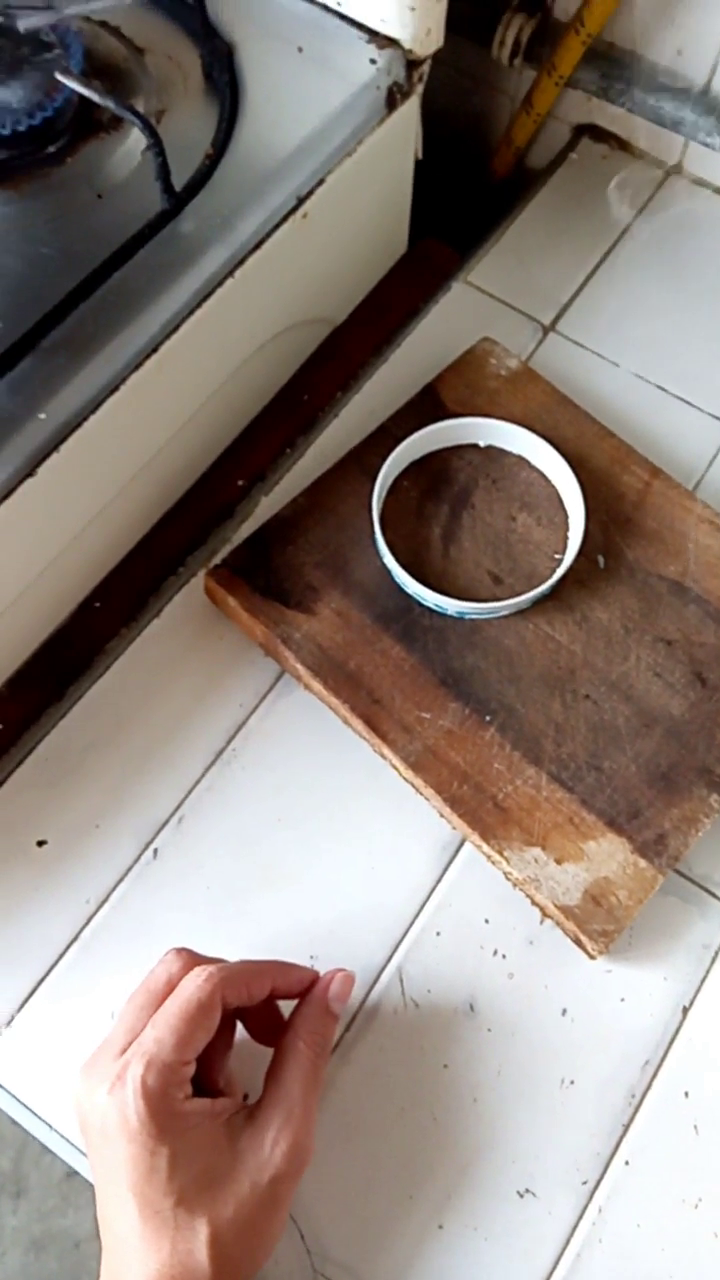 | 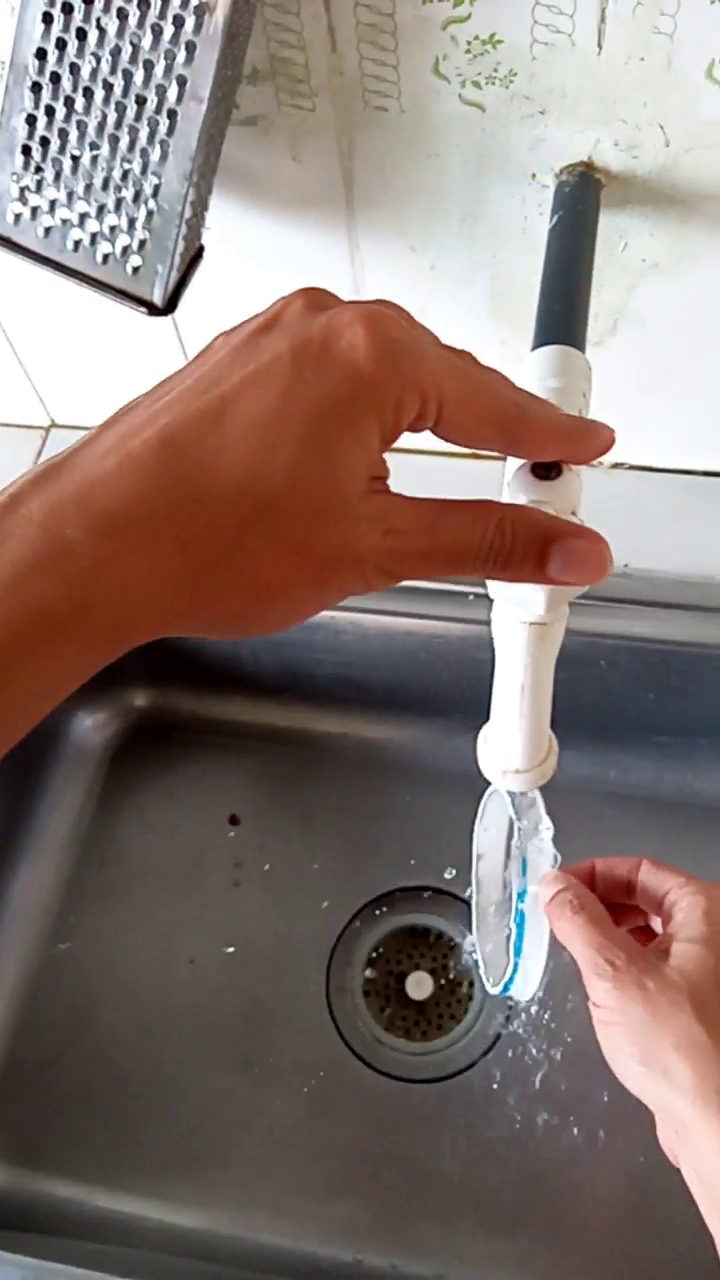 |
|---|
If we cannot advance the cut, we repeat the process of heating the knife and cut the missing part, until we obtain a plastic ring of (1 CM 1/2 ).
We let the freshly cut piece cool, or we wet it in the water faucet.
Once the ring is obtained, we simply wash it with soap and let it dry.
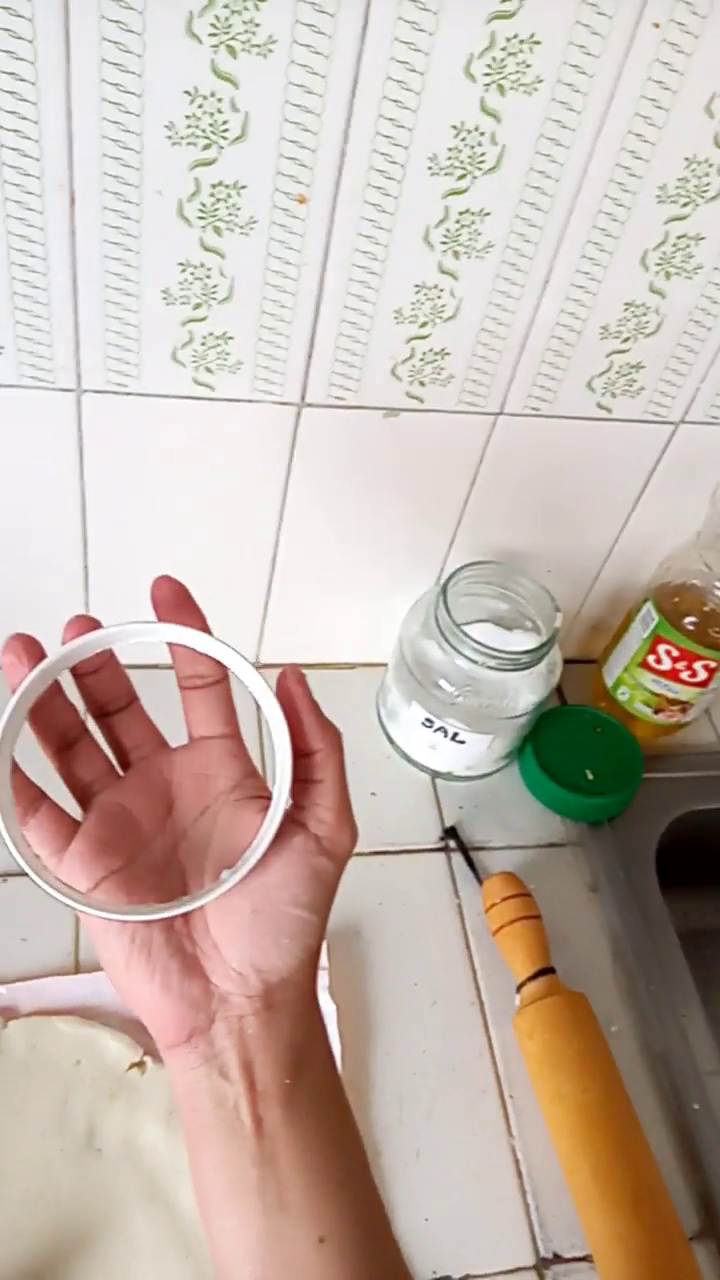 |  | 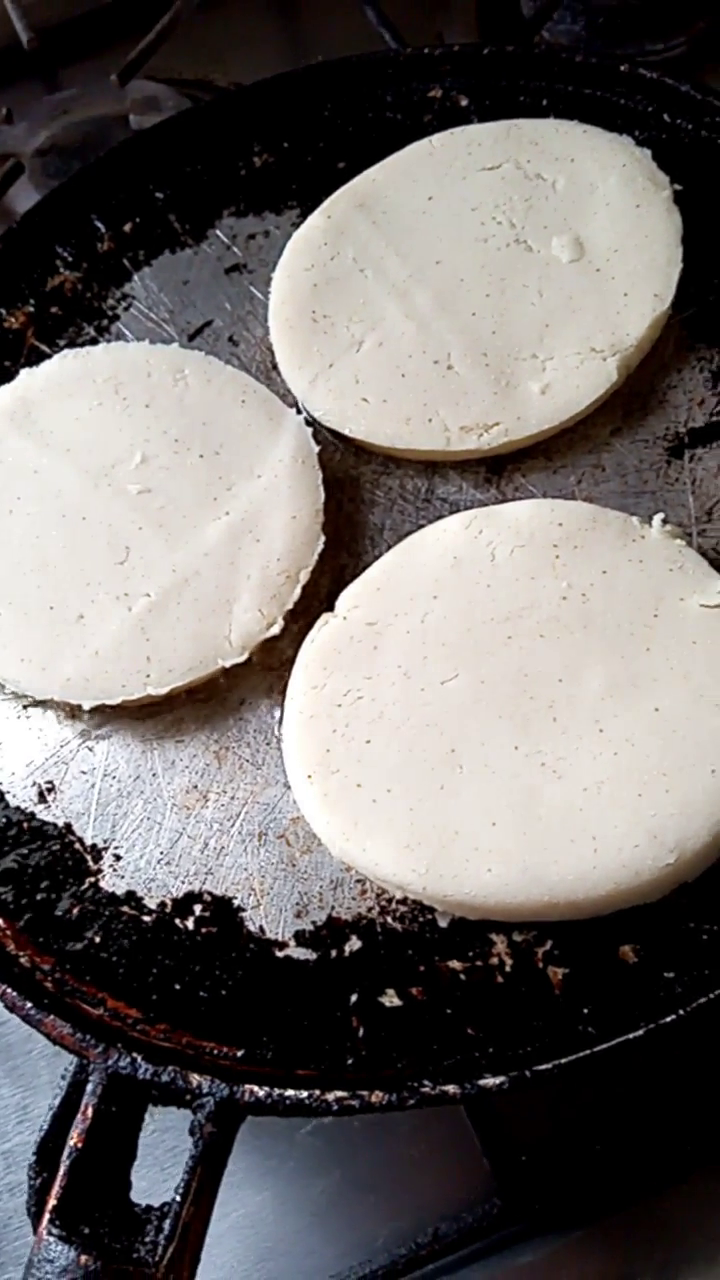 |
|---|
Now with the flour, water, salt, oil or butter, make the dough with your hands.
Use a wooden rolling pin to flatten the flour dough, and with the new item (that we made), pass it over the dough and cut several circles, and then fry them in a frying pan with oil.
In itself, it is a very useful element, since it helps us to obtain equal portions and industrialize the process.
It must be said that many times we have the time very measured at the time of elaborating the breakfasts, and the task is to facilitate the things, in order to save time.
And if you are already in a business of selling these foods (such as corn arepas, cheese-flavored arepas, among others), you can get a linear and symmetrical production.
Who hasn't bought unfried arepa dough in a round shape in packages of 6 units?
Well, here is the method.
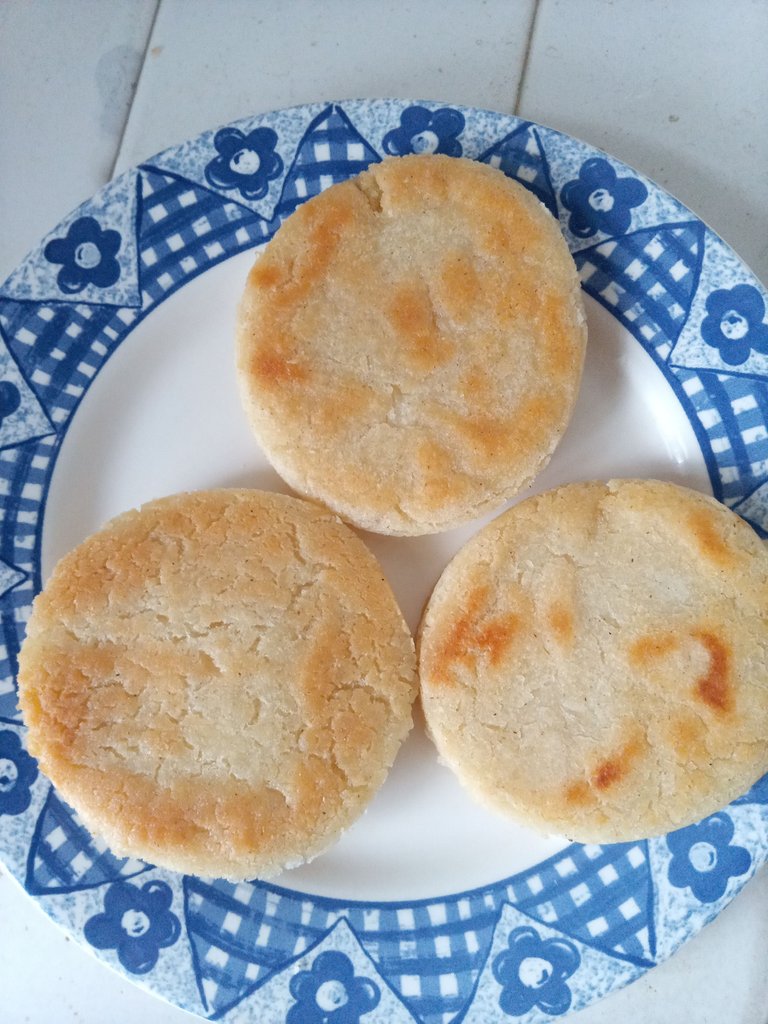
Well, with these simple molds, you can make the arepas faster and with the same symmetrical shape.
Greetings and I hope you find this video useful.




Muy buenas a todos los usuarios de Hive, mi nombre es Janus,
este es mi primer aporte en la comunidad de Hive Diy.
Bueno, el día de hoy quiero compartir este trabajo de manualidades, reciclando objetos para crear una herramienta sencilla...y a su vez muy útil para la cocina.
Aclaro: elaborado con cosas que tenemos en la cocina, pero no le damos uso.
En este caso, el objeto a reciclar son estos enormes vasos, que coleccionamos al salir del cine, (y si puede que lo usaras 1 o dos veces, pero terminaste arrinconando los vasos en algún lugar oscuro, ganando grasa y mugre).
Así, que a la par de llenarnos de estos vasos, usaremos solamente 1.
Nuestra tarea es bastante sencilla, pero debemos ser precavidos, ya que usaremos elementos calientes y filosos.
Objetos requeridos:
- 1 Vaso plástico tamaño grande de bebidas de cine
- 1 regla para medir
- 1 marcador
- 1 cordón o (cualquier cosa que se semeje para hacer la linea guía de forma pareja)
- 1 cuchillo de cocina
- fuego
La mecánica es bastante simple, con la regla tomamos una medida aproximada desde la boca del vaso, hacia arriba de (1 centímetro y medio) 1 CM 1/2
con el marcador vamos haciendo puntos guía en la circunferencia del vaso.
con el cordón, amarramos al vaso (siguiendo las lineas punteadas guías) y ahora subrayamos con el marcador una linea al rededor del vaso.
 |  |  |
|---|
Calentamos el cuchillo de cocina en el fogón, hasta que este rojo.
Rápidamente (y sin detenernos), iremos cortando el vaso de plástico con el cuchillo caliente. "la idea es no demorar el cuchillo en el plástico, para que no derrita todo el material"
 |  |  |
|---|
Si no podemos avanzar el corte, repetimos el proceso de calentar el cuchillo y cortamos la parte faltante, hasta obtener un aro de plástico de (1 CM 1/2 )
Dejamos enfriar la pieza recién cortada, o la mojamos en el grifo de agua.
Ya obtenido el aro, ahora simplemente lo lavamos con jabón y dejamos secar.
 |  |  |
|---|
Ahora si, "ya con la harina, agua, sal, aceite o mantequilla", elabora la masa con tus manos.
Usa un rodillo de madera para aplanar la masa de harina, y con el item nuevo (que hicimos), pásalo por encima de la masa y corta diversos círculos, para así, luego ponerlas a fritar en la sartén con aceite.
En si, pues es un elemento bastante útil, ya que nos ayuda a obtener porciones iguales e industrializar el proceso.
Cabe decir que muchas veces tenemos el tiempo muy medido a la hora de elaborar los desayunos, y pues la tarea es facilitar las cosas, para así ahorrar tiempo.
Y si ya estas en un negocio de vender estos alimentos (como son arepas de maíz, arepas de sabor a queso, entre otras), puedes sacar una producción lineal y simétrica.
¿quien no ha comprado masas de arepa sin fritar con forma redonda en empaques de 6 unidades?
Pues aquí esta el método.

Pues ya con unos sencillos moldes, puedes hacer las arepas, mas rapido y de forma igual.
Saludos y pues espero que les sea de utilidad este video.

Recursos / Resources

- Créditos a los logos de @hive
- Celular Zblade A7
- El editor de video que utilizo para ensamblar este video es: VideoPad, editor de vídeo
- Traducción deepl translator
- Portada hecha con Canva
imágenes utilizadas en la portada: 1 / 2
- Credits to @hive logos
- Zblade A7 cell phone
- The video editor I use to assemble this video is: VideoPad, video editor
- Translation deepl translator
- Cover made with Canva
images used on cover: 1 / 2


▶️ 3Speak





